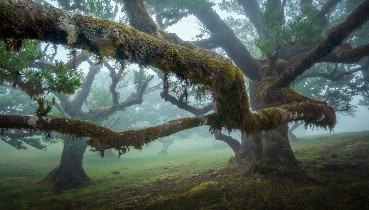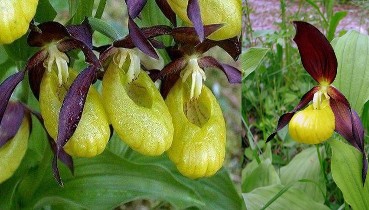

A Black Canada Lynx Has Been Caught On Camera for the First Time Ever
Black Canada lynx are so rare they have never been captured on camera. Until now.

An extremely rare sighting of a melanistic Canada lynx (Lynx canadensis) has been captured on camera – something that has never never been done before.
Thomas Jung, a researcher at the University of Alberta, filmed the animal in a residential area in the Yukon, Canada, using his smartphone. The lynx appeared to behave calmly, despite the noise of human activities and the sound of a dog barking nearby.
The experts who have studied the footage confirmed it is a Canadian lynx, and not a bobcat (Lynx rufus). “It had a black coat containing whitish gray guard hairs throughout, as well as whitish gray hairs in the facial ruff and the rostrum and dorsal regions,” Jung said in a statement.
Melanism – an increase in the body’s production of melanin, the pigment responsible for color – is relatively common among cats, with about a third of all felid species reported to have a melanistic polymorph. Black panthers, for example, are just melanistic leopards or jaguars. These kinds of genetic mutations can either be beneficial to the animal (adaptive) or have a negative effect (maladaptive).
Color polymorphisms in the genus Lynx has only been observed a few times. The adaptive significance of melanism in lynx is unknown, but the loss of camouflage when hunting during winter is likely maladaptive, according to Jung. This means that the dark coat could put the animal at a disadvantage when hunting hares against a snowy landscape. Snowshoe hares (Lepus americanus) are the staple food for Canada lynx living in the northern section of their range that stretches mainly across Canada and Alaska, bordering some northern US states.
Recommended Videos
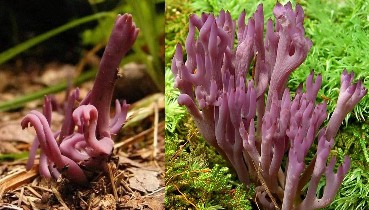 Clavulina amethystina.429 views
Clavulina amethystina.429 views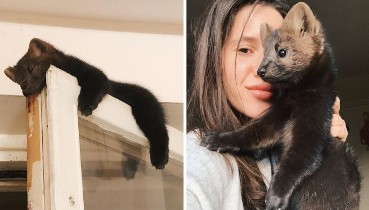 Woman Rescues A Sable And Decides To Keep Her As A Pet Since She’s Not Fit To Live In The Wild86 views
Woman Rescues A Sable And Decides To Keep Her As A Pet Since She’s Not Fit To Live In The Wild86 views-
Advertisements
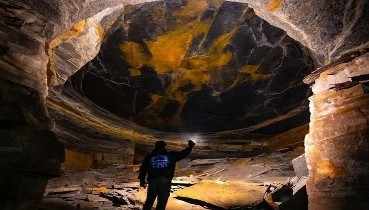 The secret cave half an hour's drive from Liverpool59 views
The secret cave half an hour's drive from Liverpool59 views Top 15 Most Weirdest and Unusual Couples In The World1441 views
Top 15 Most Weirdest and Unusual Couples In The World1441 views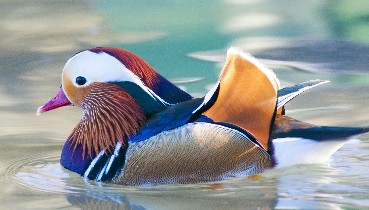 85 Times People Spotted Something Magnificent In The Nature And Had To Share It Online37918 views
85 Times People Spotted Something Magnificent In The Nature And Had To Share It Online37918 views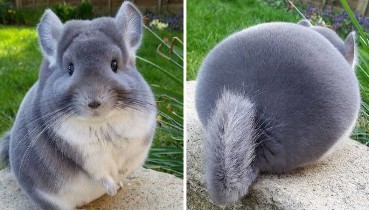 Adorable Violet Chinchillas Look Perfectly Round From Behind64 views
Adorable Violet Chinchillas Look Perfectly Round From Behind64 views A Golden Snub-Nosed Monkey Eating Berries31 views
A Golden Snub-Nosed Monkey Eating Berries31 views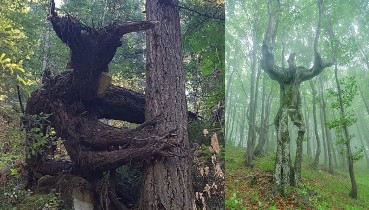 30 TREES THAT LOOK LIKE SOMETHING ELSE AND WILL MAKE YOU LOOK TWICE1060 views
30 TREES THAT LOOK LIKE SOMETHING ELSE AND WILL MAKE YOU LOOK TWICE1060 views

